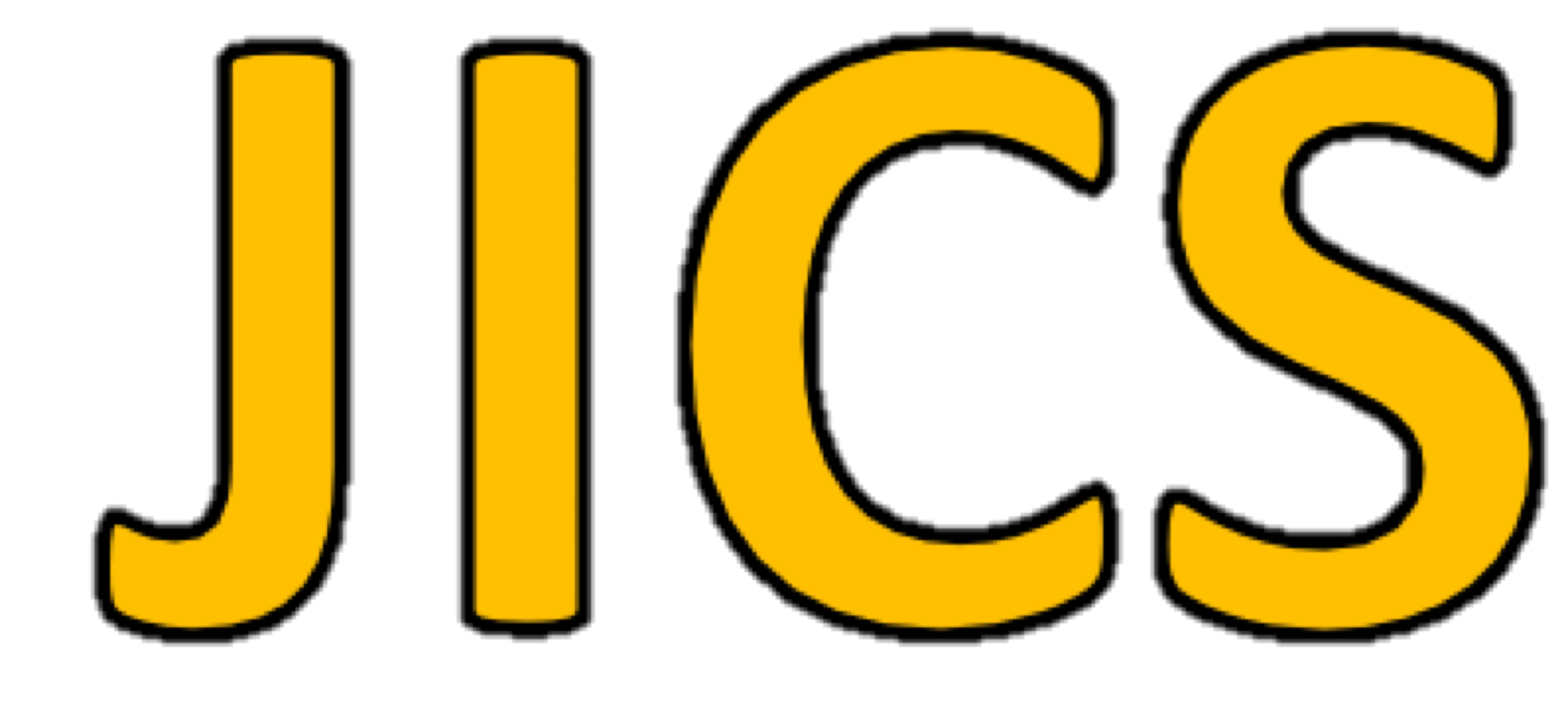A Study on the Development Strategy of Smart Learning for Public Education
Taisiya Kim, Ji Yeon Cho, Bong Gyou Lee, Journal of Internet Computing and Services, Vol. 16, No. 6, pp. 123-132, Dec. 2015
Keywords: smart learning, Smart Education, Success Strategy, Policy and Systems, SWOT, Analytic Hierarchy Priority, Korean Public Education
Abstract
Statistics
Show / Hide Statistics
Statistics (Cumulative Counts from November 1st, 2017)
Multiple requests among the same browser session are counted as one view.
If you mouse over a chart, the values of data points will be shown.
Statistics (Cumulative Counts from November 1st, 2017)
Multiple requests among the same browser session are counted as one view.
If you mouse over a chart, the values of data points will be shown.
|
|
Cite this article
[APA Style]
Kim, T., Cho, J., & Lee, B. (2015). A Study on the Development Strategy of Smart Learning for Public Education. Journal of Internet Computing and Services, 16(6), 123-132. DOI: 10.7472/jksii.2015.16.6.123.
[IEEE Style]
T. Kim, J. Y. Cho, B. G. Lee, "A Study on the Development Strategy of Smart Learning for Public Education," Journal of Internet Computing and Services, vol. 16, no. 6, pp. 123-132, 2015. DOI: 10.7472/jksii.2015.16.6.123.
[ACM Style]
Taisiya Kim, Ji Yeon Cho, and Bong Gyou Lee. 2015. A Study on the Development Strategy of Smart Learning for Public Education. Journal of Internet Computing and Services, 16, 6, (2015), 123-132. DOI: 10.7472/jksii.2015.16.6.123.

